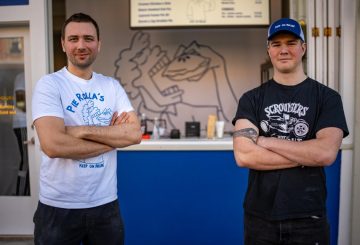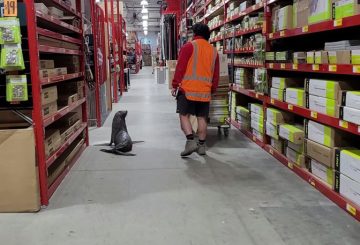Kasalukuyang isinasagawa ang isang pilot project upang mapabuti ang sentro ng lungsod ng Tauranga. Kasama sa proyekto ang pagpapalawak ng mga footpath, paglikha ng mas berdeng mga puwang, at pagpapakilala ng isang one-way system ng trapiko sa ilang mga kalye. Ang mga pagbabagong ito ay magiging bisa nang hindi bababa sa dalawang taon habang sumasailalim sa pagbabago ang sentro ng lungsod.
Nagsimula ang trabaho sa proyekto nang mas maaga sa linggong ito, na may karamihan sa konstruksyon na nagaganap sa gabi upang mabawasan ang pagkagambala sa mga motorista at negosyo sa araw. Inaasahang makumpleto ang proyekto sa Abril.
Si Tom McEntyre, pinuno ng koponan ng pag-unlad ng transportasyon ng Tauranga City Council, ay nagpahayag ng pagpapahalaga sa pasensya ng publiko sa panahong ito. Ipinaliwanag niya na ang mga pagbabago ay naglalayong kontrolin ang bilis ng sasakyan, bawasan ang mga paghihirap sa interseksyon, at mapahusay ang kakayahang makita para sa mga driver,
Madiskarteng naka-iskedyul ang proyekto upang maiwasan ang salungat sa mga kaganapan tulad ng Araw ng Mga Bata at ang Jazz Festival. Nilalayon din nitong magkaroon ng mga pagbabago bago magsimula ang mga kalapit na proyekto sa konstruksiyon. Ang mga bagong one-way na lansangan ay babawasan ang pangangailangan para sa pagsasara ng kalsada sa panahon ng mga proyektong ito sa pamamagitan ng pagbibigay ng mas maraming espasyo para
Bagama’t matapos ang karamihan sa trabaho sa buwang ito, ang ilang karagdagang trabaho ay magaganap sa ibang pagkakataon na may kaunting inaasahang pagkagambala. Susubaybayan at susuriin ang pilot project upang matukoy kung ang mga pagbabago ay dapat panatilihin, baguhin, o palawakin sa iba pang bahagi ng sentro ng lungsod.





























































